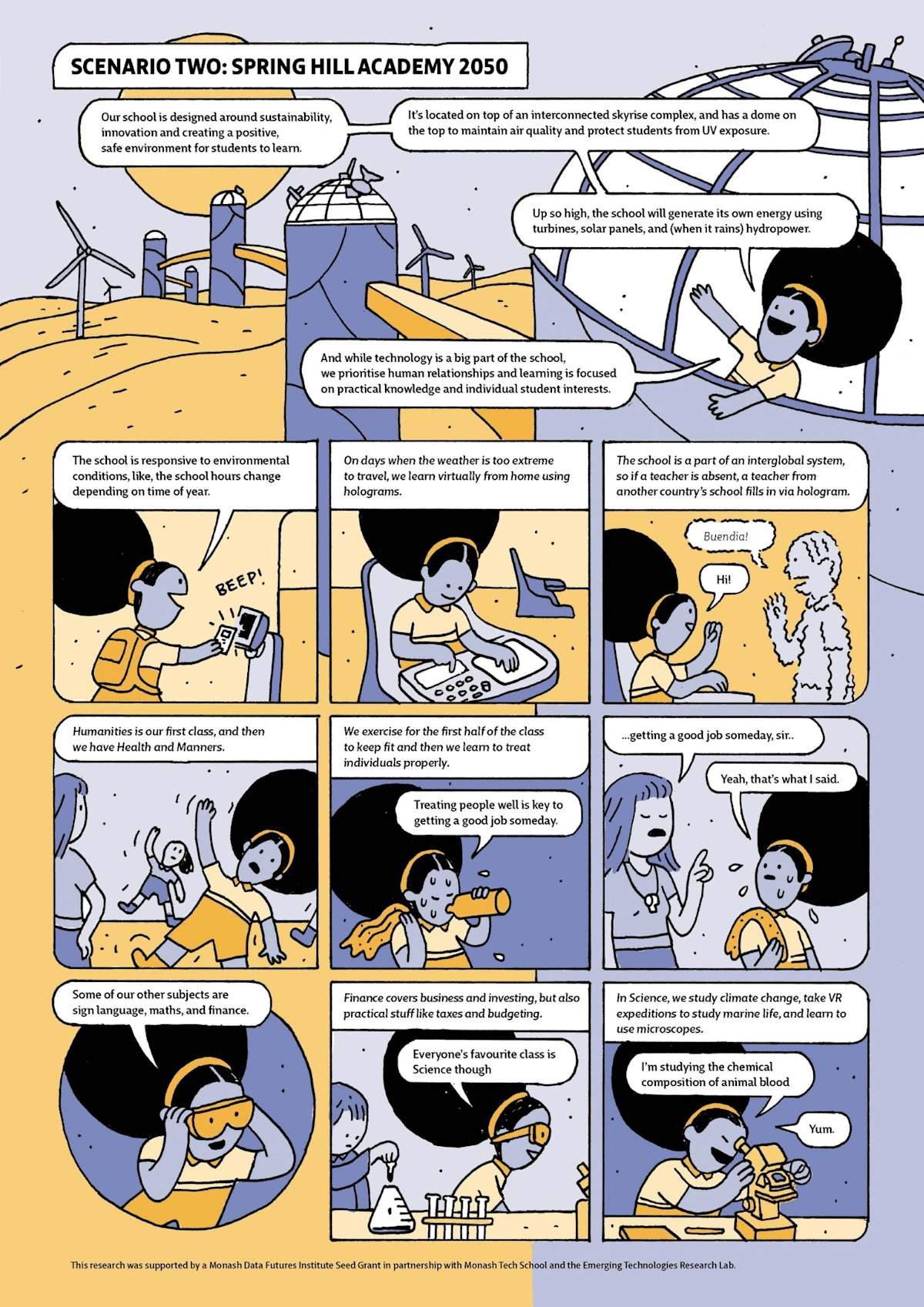Unlocking the future: How EdTech Transforms Environmental Education
In a rapidly changing world, environmental challenges demand innovative solutions—and education is at the heart of this change. Enter EdTech—educational technology that’s reshaping how we teach and learn about the surroundings. From interactive digital platforms to immersive simulations, EdTech transforms environmental education by making eco-learning engaging, accessible, and actionable for all generations. In this article, we’ll explore how EdTech is unlocking the future of sustainable learning, its key benefits, inspiring real-world examples, and practical tips for educators and learners alike.
Why Environmental Education Needs a Digital Revolution
Environmental education has long grappled with challenges such as outdated textbooks, inaccessible resources, and a lack of hands-on experience. As climate change and environmental degradation accelerate, it has never been more urgent to empower students with the knowledge and skills to make a difference. here’s where EdTech steps in:
- Interactivity: Engaging students through virtual labs, gamification, and real-time collaboration tools.
- Accessibility: Reaching remote or underserved communities via online platforms.
- Personalization: Tailoring content to individual learning paces and interests.
- Scalability: Delivering up-to-date, global content to mass audiences instantly.
Key Ways EdTech Transforms Environmental Education
The integration of EdTech in environmental education brings dynamic new dimensions to teaching and learning sustainability. Let’s dive into the core transformations:
1. Interactive Learning with AR & VR
Augmented Reality (AR) and Virtual Reality (VR) are emerging as game-changers in eco-education. Students can:
- Witness the impact of deforestation in immersive 3D worlds.
- Experience simulated ecosystems and observe the effects of pollution, climate change, or conservation efforts firsthand.
- Tour endangered environments across the globe from their classrooms or homes.
These experiences foster empathy, understanding, and a deeper connection to environmental issues—making lessons unforgettable.
2.Global Collaboration & Citizen Science
online tools and collaborative platforms empower students to become citizen scientists. EdTech enables:
- Participating in real-world research projects—tracking local biodiversity, air quality, or water health.
- Connecting with classrooms and researchers worldwide to share findings and solutions.
- Engaging in global discussions and campaigns for environmental action.
3. Real-Time Data and Analytics
Data-driven platforms bring real-life environmental science into the classroom:
- Students analyze environmental data (like carbon footprints, energy usage, or wildlife populations) through dashboards and apps.
- visualization tools help learners interpret complex data and make informed decisions.
4. Gamification and Eco Challenges
Gamification turns sustainability lessons into fun, motivating challenges:
- Interactive games teach recycling, conservation, and renewable energy concepts.
- Leaderboards and rewards motivate students to adopt eco-pleasant habits in real life.
5. access to Up-to-date Resources
Digital libraries, MOOCs (Massive Open Online Courses), and multimedia content provide teachers and learners with the latest research and best practices. EdTech ensures environmental education remains current and globally relevant.
Benefits of EdTech-Driven Environmental education
Implementing EdTech in sustainability education offers a host of benefits for learners, educators, and communities:
- Improved Engagement: Interactive tools spark curiosity and sustained interest.
- Practical Skills: Hands-on experiments and real-world problem-solving develop critical thinking.
- Inclusive Learning: Breaking socio-economic and geographical barriers for underrepresented groups.
- Scalable Impact: Reaching global audiences, empowering grassroots change.
- Measurable Outcomes: Analytics track learning progress, knowledge gain, and real-world behavioral shifts.
Case Studies: EdTech in Action for Environmental Awareness
Eco-Schools Virtual Classrooms
The Eco-Schools program leveraged cloud-based learning management systems to connect students in over 70 countries. Using virtual field trips, collaborative projects, and data collection apps, students reported increased awareness of local sustainability issues and started community-based eco-projects.
EarthEcho Water Challenge and Citizen Science Apps
Through interactive mobile apps, students worldwide contributed water-quality data to global research efforts, learned how pollution affects health, and advocated for cleaner water sources—with real community impact.
Minecraft Education Edition’s Sustainable City
This popular platform lets students build, manage, and problem-solve in digital sustainable cities. Learners experiment with renewable energy sources, track resource management, and practice city planning, developing both their eco-literacy and STEM skills.
Practical Tips for Integrating EdTech into Environmental Education
Ready to bring EdTech to your eco-classroom or learning program? Here are some actionable tips:
- Start with Relevant Tools: Choose age-appropriate platforms like Google earth, Earth School by TED-Ed, or National Geographic’s interactive resources.
- Blend Tech and Nature: Use digital assignments to complement,not replace,outdoor exploration and fieldwork.
- Prioritize Digital Inclusion: Ensure all students have access to devices and internet connectivity, and offer offline options where needed.
- Engage with Real-World Problems: Introduce project-based learning tied to local and global environmental challenges.
- encourage Collaboration: Use forums, video conferencing, and collaborative docs to connect classrooms across the globe.
Future Trends: The next Wave of EdTech in Sustainability Education
The future of environmental learning is bright with technology like Artificial Intelligence, machine learning, and blockchain:
- adaptive curriculum dynamically adjusts content based on learning progress.
- AI-powered eco-assistants support student research and project progress.
- Blockchain credentials validate student achievements in environmental projects worldwide.
- Global online networks will amplify youth voices for climate action and sustainability initiatives.
Conclusion: Harnessing EdTech for a Greener Tomorrow
As we look towards a sustainable future, EdTech transforms environmental education by breaking barriers and fostering environmental stewardship. By embracing educational technology, teachers and students alike gain powerful tools to understand, innovate, and take action—empowering the next generation of eco-leaders.
Whether you are an educator, student, or lifelong learner, now is the perfect moment to harness the power of EdTech for environmental education and global impact.Let’s unlock the future,together!

